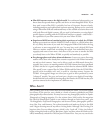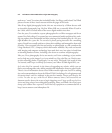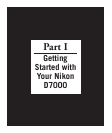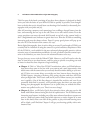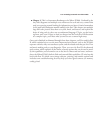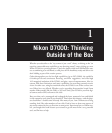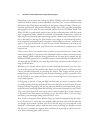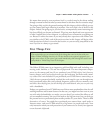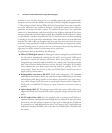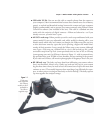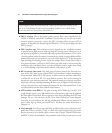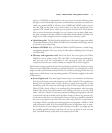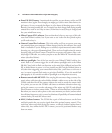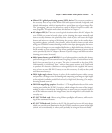Depending on your path to the camera, the Nikon D7000 is either the company’s most
ambitious amateur camera, or most affordable entry-level “pro” camera, which are both
distinctions that I find almost meaningless in the greater scheme of things. I know con-
summate professionals who produce amazing images with a D90; experienced wedding
photographers who evoke the most romantic photos from an old Nikon D200. The
Nikon D7000 is a professional camera in most of the traditional senses: built like a tank
with a magnesium body, reliable for hundreds of thousands of exposures, capable of
lightning-fast autofocusing and superb image quality, whether you’re shooting in a stu-
dio or drenched in driving rain. But whether your images are of professional quality,
both technically and inspirationally, depends on what’s between your ears, and how you
apply it. The goal of this book is to provide you with the information you need to put
your brain cells together with your Nikon’s electro-mechanical components to work
productively.
There’s a lot to learn, but you don’t have to master every detail all at once. Some of the
other camera guides I’ve seen winnow this information down to about one-third as many
pages. Indeed, I find it odd that those guidebooks use the same basic template for the
advanced D7000 cameras as for a resolutely amateur-level model like the Nikon D3100.
A camera like the D7000 has a lot more depth than that, and deserves the in-depth cov-
erage you’ll find here.
Whether you’ve already taken a dozen or twelve hundred photos with your new cam-
era, now that you’ve got that initial creative burst out of your system, you’ll want to take
a more considered approach to operating the camera. This chapter and the next are
designed to get your camera fired up and ready for shooting as quickly as possible. After
all, the D7000 is not a point-and-shoot camera, even though it does boast easy-to-use
Scene mode options.
So I’m going to provide a basic pre-flight checklist that you need to complete before
you really spread your wings and take off. You won’t find a lot of detail in these first two
chapters. Indeed, I’m going to tell you just what you absolutely must understand, accom-
panied by some interesting tidbits that will help you become acclimated to your D7000.
I’ll go into more depth and even repeat some of what I explain here in later chapters,
so you don’t have to memorize everything you see. Just relax, follow a few easy steps,
and then go out and begin taking your best shots—ever.
Even if you’re a long-time Nikon shooter, I hope you won’t be tempted to skip this chap-
ter or the next one. I realize that you probably didn’t purchase this book the same day
you bought your camera and that, even if you did, the urge to go out and take a few
hundred—or thousand—photos with your new camera is enticing. As valuable as a book
like this one is, nobody can suppress their excitement long enough to read the instruc-
tions before initiating play with a new toy.
David Busch’s Nikon D7000 Guide to Digital SLR Photography6




